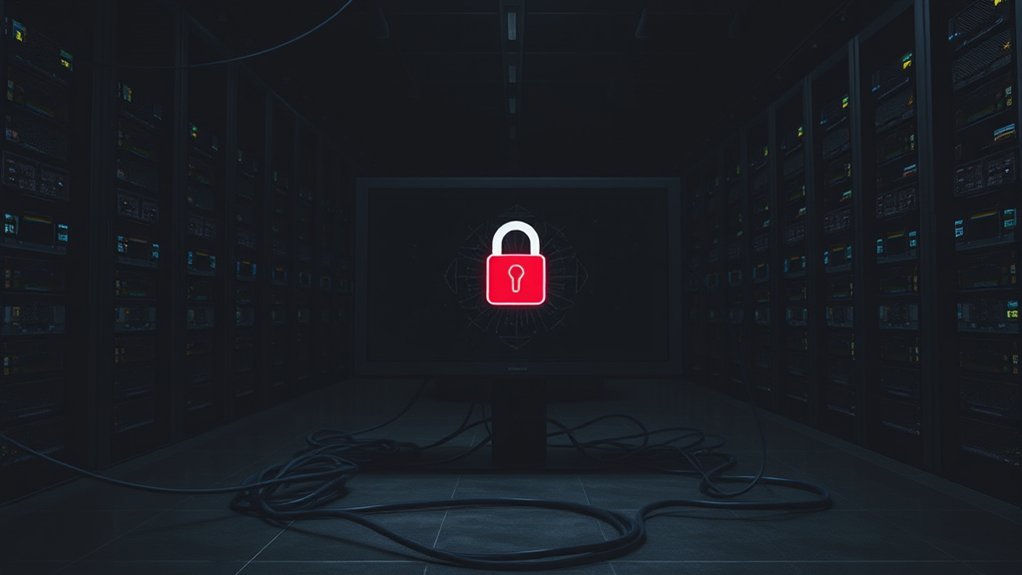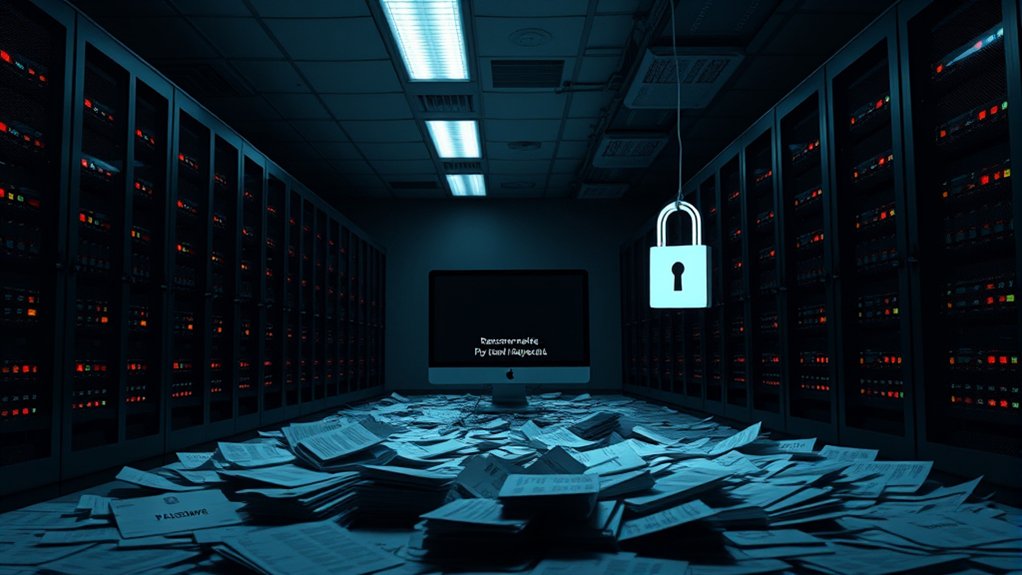As ransomware attacks increasingly target virtual environments, the exploitation of ESXi virtual machines has emerged as a significant concern for organizations globally. The evolution of ransomware threats focused on ESXi began in 2021, with groups like Babuk and LockBit introducing specialized encryptors. Following the leak of Babuk’s source code, multiple ransomware actors accelerated the adoption of virtual environment encryptors.
Between late 2021 and 2022, notable families such as BlackCat, Black Basta, DarkSide, and REvil launched hypervisor-specific ransomware variants, which resulted in a tripling of incidents. By 2023, the situation escalated dramatically, exemplified by the Scattered Spider group, which successfully crippled over 100 hypervisors, leading to financial damages in nine figures. Newer groups like Dark Angels and RansomHub expanded their operations with increased ransom demands throughout the year.
Attackers primarily exploit ESXi’s built-in SSH service, gaining persistent access as they circumvent traditional defenses. This often occurs through stolen administrative credentials or leveraging known vulnerabilities within the ESXi architecture. Establishing SSH tunnels allows attackers to create SOCKS proxies, facilitating lateral movement across compromised networks. In response to this rising threat, organizations must urgently develop specialized protection strategies to mitigate risks effectively. Recent trends highlight that the manufacturing sector is particularly vulnerable, signaling an urgent need for robust security measures.
Attackers leverage ESXi’s SSH service to gain persistent access, exploiting stolen credentials and vulnerabilities for lateral movement.
The implications of ESXi ransomware infections are profound, frequently locking administrators out through password tampering and obstructing forensic analysis and recovery efforts. Victims often resort to reinstalling ESXi hosts, a process that renders vital forensic evidence unusable. Ransomware data encryption is reported in 85% of cases, and the complexities surrounding ESXi encryption make remediation particularly difficult.
A troubling trend indicates that average ransom demands targeting ESXi have risen sharply to approximately $5 million in 2024, reflecting escalating severity and business impact. Currently, about 8,000 ESXi hosts remain directly exposed to the internet, creating a significant attack surface.
The commoditization of access points has allowed initial access to be sold among ransomware groups, amplifying attacks. As a result, organizations, particularly small to mid-sized ones, face disproportionate operational disruptions, leading to devastating economic consequences.









